Home>Articles>What Weather Instrument Is Used To Measure Air Pressure?
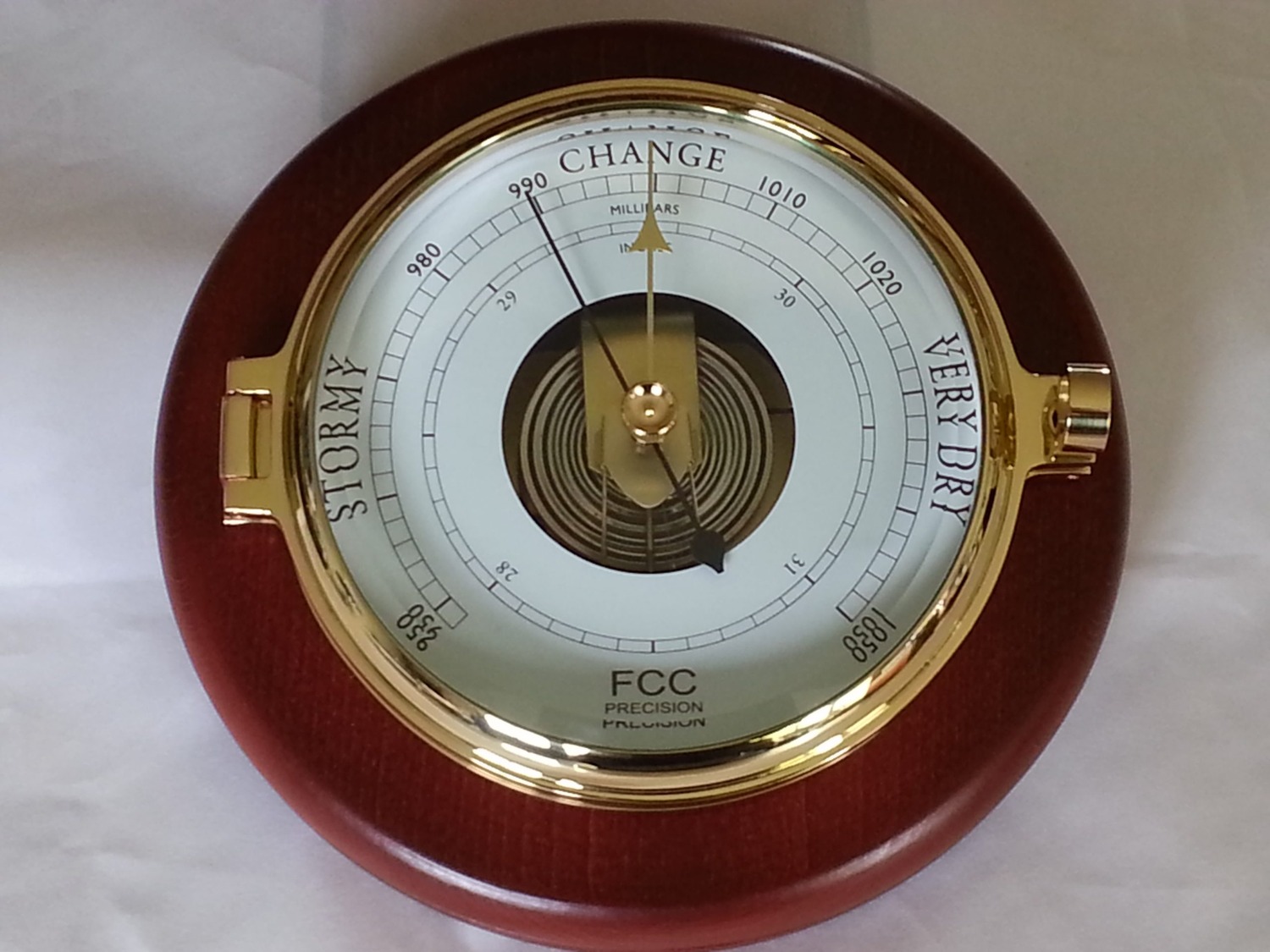

Articles
What Weather Instrument Is Used To Measure Air Pressure?
Modified: January 6, 2024
Learn about the weather instrument used to measure air pressure and its importance in understanding meteorological conditions. Read more articles on weather instruments and measurements.
(Many of the links in this article redirect to a specific reviewed product. Your purchase of these products through affiliate links helps to generate commission for Storables.com, at no extra cost. Learn more)
Introduction
When it comes to understanding and predicting weather patterns, one of the most crucial measurements that meteorologists rely on is air pressure. Air pressure refers to the force exerted by the weight of the atmosphere on a particular area. By observing changes in air pressure, scientists can make predictions about upcoming weather conditions, including changes in temperature, cloud formations, and the likelihood of precipitation.
But how do meteorologists actually measure air pressure? The answer lies in the use of specialized instruments known as barometers. A barometer is a device designed to measure atmospheric pressure accurately.
In this article, we will explore the three main types of barometers commonly used for measuring air pressure: the mercury barometer, the aneroid barometer, and the digital barometer. We will also delve into the importance of accurate air pressure measurements and the role that barographs play in recording changes over time.
Join us as we dive into the fascinating world of weather instruments and the indispensable role they play in understanding and predicting the ever-changing atmospheric conditions.
Key Takeaways:
- Barometers, including the traditional mercury, compact aneroid, and modern digital types, are crucial for accurate air pressure measurements, enabling meteorologists to predict weather patterns and issue timely warnings for severe weather events.
- Accurate air pressure measurements play a vital role in weather prediction, climate studies, and various industries, impacting everything from agricultural practices to historical climate research. These measurements are essential for understanding and anticipating weather phenomena.
Barometer: The Primary Instrument for Measuring Air Pressure
When it comes to measuring air pressure, the primary instrument used by meteorologists and weather enthusiasts is the barometer. A barometer works on the principle that the weight of the atmosphere creates pressure on the Earth’s surface. By measuring this pressure, scientists can gain valuable insights into weather patterns and make predictions about future conditions.
The history of the barometer dates back to the 17th century when Italian scientist Evangelista Torricelli invented the mercury barometer. This ingenious device consists of a glass tube filled with mercury, which is then inverted into a mercury-filled basin. As the air pressure changes, it exerts a force on the mercury column, causing it to rise or fall. The height of the mercury column is a direct measure of the atmospheric pressure.
The mercury barometer, often referred to as a Torricellian barometer, is known for its accuracy and precision in measuring air pressure. However, due to safety concerns associated with handling and transporting mercury, alternative types of barometers have been developed over the years.
One such alternative is the aneroid barometer. Unlike the mercury barometer, the aneroid barometer does not use liquid. Instead, it employs a sealed metal box, known as an aneroid cell, which is sensitive to changes in air pressure. When the air pressure increases, the cell expands, and when the pressure decreases, it contracts. This movement is then converted into a mechanical reading that indicates the air pressure. Aneroid barometers are compact, portable, and do not require any specific handling precautions, making them a popular choice among weather enthusiasts.
With advancements in technology, digital barometers have also emerged as a convenient and modern option for measuring air pressure. These instruments use electronic sensors to detect changes in air pressure and display the readings digitally. Digital barometers are compact, easy to use, and often come with additional features such as temperature and humidity measurements.
Whether it’s the traditional mercury barometer, the compact aneroid barometer, or the modern digital barometer, these instruments play a vital role in measuring air pressure and providing valuable data for weather forecasting and analysis.
Mercury Barometer: A Traditional and Accurate Barometric Instrument
The mercury barometer has long been regarded as a traditional and highly accurate instrument for measuring air pressure. Developed by Italian scientist Evangelista Torricelli in the 17th century, this ingenious device revolutionized the field of meteorology and weather prediction.
A mercury barometer operates on the principle of hydrostatic pressure, which states that the height of a liquid column is directly proportional to the pressure exerted by the fluid. The barometer consists of a glass tube filled with mercury, which is then inverted into a basin filled with mercury as well. As atmospheric pressure changes, it exerts a force on the mercury column, causing it to rise or fall.
The key to the accuracy of the mercury barometer lies in the density and weight of mercury. Mercury is a dense liquid, which means that even small changes in atmospheric pressure can result in noticeable variations in the height of the mercury column. This allows for precise readings and reliable measurements.
Mercury barometers typically come in two main types: the standard or cistern barometer and the siphon barometer. The standard barometer consists of a vertical glass tube filled with mercury and an attached cistern at its base. The cistern allows for adjustment of the mercury level to compensate for variations in atmospheric pressure. The siphon barometer, on the other hand, has a U-shaped tube filled with mercury and contains a siphon tube at the top, which helps maintain a consistent mercury level regardless of changes in atmospheric pressure.
One of the advantages of the mercury barometer is its high accuracy. Due to the density of mercury, even slight changes in atmospheric pressure can be easily detected and measured. This allows meteorologists to make accurate observations and predictions regarding changes in weather patterns.
However, it is important to note that the use of mercury in barometers also poses several challenges and concerns. Mercury is a toxic substance that can be harmful to human health and the environment. Therefore, proper precautions must be taken when handling and disposing of mercury barometers. In recent years, the use of mercury barometers has decreased, and alternative instruments, such as aneroid and digital barometers, have gained popularity due to their safety and convenience.
Despite these challenges, the mercury barometer remains an important historical instrument in the field of meteorology. Its accuracy and reliability have contributed significantly to our understanding of atmospheric pressure and weather patterns over the centuries.
Aneroid Barometer: The Compact and Portable Alternative
In contrast to the traditional mercury barometer, the aneroid barometer offers a compact and portable alternative for measuring air pressure. It is a popular choice among weather enthusiasts and hikers due to its convenience and ease of use.
The aneroid barometer operates using a sealed metal box, known as an aneroid cell, which is sensitive to changes in air pressure. The cell is made from a thin metal diaphragm that expands or contracts whenever the air pressure changes. This movement is then mechanically amplified and displayed on a dial, indicating the current air pressure.
One of the main advantages of aneroid barometers is their portability. Unlike the mercury barometer, which requires handling a column of liquid, aneroid barometers can be easily carried and used in various locations. This makes them a popular choice for outdoor activities and expeditions.
Another notable advantage of aneroid barometers is their compact size. The absence of liquid in the measuring mechanism allows for a smaller and lighter design. This makes them ideal for travelers who want to monitor air pressure in different locations or store them in limited space.
The accuracy of aneroid barometers is comparable to that of mercury barometers, but it is important to note that they may require periodic adjustment. Over time, the aneroid cell may experience small changes in sensitivity, leading to slight discrepancies in readings. However, these adjustments can be easily made by calibrating the barometer using known reference points or comparing it with a reliable mercury barometer.
Despite their compact and portable nature, aneroid barometers have their limitations. They are not as sensitive to changes in air pressure as mercury barometers, and therefore may not provide the same level of precision. Additionally, aneroid barometers may be affected by temperature changes, as variations in temperature can influence the elasticity of the metal diaphragm and impact the accuracy of the measurements.
Overall, aneroid barometers are an excellent choice for individuals who require a portable and convenient way to measure air pressure. They offer a reliable alternative to the traditional mercury barometer, allowing for accurate readings in various environments and conditions.
A barometer is used to measure air pressure. It can be a mercury barometer, an aneroid barometer, or a digital barometer.
Digital Barometer: The Modern and Convenient Choice
In the age of technological advancements, digital barometers have emerged as the modern and convenient choice for measuring air pressure. These instruments offer a range of features and benefits that make them popular among weather enthusiasts, professionals, and even amateur meteorologists.
A digital barometer operates using electronic sensors to detect changes in air pressure. The sensors convert the pressure readings into digital signals, which are then displayed on a screen. This allows for quick and easy reading of air pressure, eliminating the need for manual interpretation of traditional analog barometers.
One of the main advantages of digital barometers is their accuracy. The electronic sensors used in these instruments are highly sensitive, capable of capturing even the smallest changes in air pressure. This precision allows for more accurate weather forecasts and analysis.
In addition to measuring air pressure, many digital barometers also provide additional features that enhance their versatility. Some models may include built-in thermometers to measure temperature or hygrometers to measure humidity. These multifunctional devices provide a comprehensive view of weather conditions and allow users to track multiple parameters simultaneously.
Another significant advantage of digital barometers is their convenience. They are often compact and lightweight, making them portable and easy to carry. Digital barometers typically have an internal power source, such as batteries, eliminating the need for electrical connections. This makes them ideal for outdoor activities, fieldwork, or even casual use in the comfort of your own home.
In terms of usability, digital barometers are also more user-friendly compared to their analog counterparts. The digital displays provide clear and precise readings, often accompanied by intuitive icons or symbols to indicate different weather conditions. Some digital barometers even have built-in memory functions that store past readings, allowing users to track changes in air pressure over time.
It is important to note that digital barometers, like any electronic device, may require periodic calibration to maintain accuracy. Users should follow the manufacturer’s instructions for recalibration or seek professional assistance if necessary.
Overall, digital barometers offer a modern and convenient solution for measuring air pressure. Their accuracy, versatility, and user-friendly features make them a popular choice for meteorologists, weather enthusiasts, outdoor adventurers, and anyone interested in monitoring and understanding atmospheric conditions.
Barographs: Recording Changes in Air Pressure over Time
In the world of meteorology, observing and analyzing changes in air pressure over time is crucial for understanding weather patterns and making accurate predictions. This is where barographs come into play. Barographs are specialized instruments designed to continuously record changes in air pressure, allowing meteorologists to monitor atmospheric fluctuations on a continuous basis.
A barograph operates on the same principle as a barometer, measuring changes in air pressure. However, instead of providing a single reading at a specific moment, a barograph includes a clockwork mechanism that records and graphs the changes in air pressure over time.
The barograph consists of a sealed chamber containing a barometric capsule, which is connected to a lever mechanism. As atmospheric pressure fluctuates, the capsule expands or contracts, causing the lever to move. This movement is then mechanically transferred to a rotating drum or chart recorder. The drum or chart has a rotating spindle that is affixed with a piece of paper or graph, which records the changes in air pressure as a continuous line or graph.
The advantage of using a barograph lies in its ability to provide a visual representation of air pressure changes over a specific period. By examining the graph, meteorologists can observe short-term and long-term patterns, trends, and variations in atmospheric pressure. This information is essential for identifying weather systems, such as approaching storms, changes in wind patterns, or the development of high or low-pressure systems.
Barographs are often used in weather stations, scientific research facilities, and meteorological offices where continuous monitoring of air pressure is necessary. They can also be found in historical weather observation sites, as they provide a valuable record of past weather conditions.
With the advent of digital technology, digital barographs have also become available. These instruments replace the traditional paper chart with a digital display, allowing for real-time monitoring of air pressure changes and the ability to store and analyze data electronically.
Barographs play a fundamental role in weather observation and analysis. By providing a long-term record of air pressure changes, they help scientists and meteorologists track and understand weather patterns, identify trends, and improve the accuracy of weather forecasts. They are an invaluable tool in the ongoing study of atmospheric dynamics and the prediction of weather phenomena.
Importance of Accurate Air Pressure Measurements
Accurate air pressure measurements are of paramount importance in the field of meteorology and weather forecasting. They provide valuable insights into the behavior of the atmosphere, helping meteorologists understand and predict weather patterns with greater precision. Here are several reasons why accurate air pressure measurements are critical:
1. Weather Prediction: Air pressure is one of the key indicators used in weather prediction models. By monitoring changes in air pressure, meteorologists can identify the formation and movement of high and low-pressure systems, which are crucial in determining weather patterns. Accurate air pressure measurements allow for more accurate forecasting of phenomena such as storms, wind patterns, and temperature changes.
2. Proximity to Storms: Rapid changes in air pressure often indicate the presence of approaching weather systems, particularly storms. By closely monitoring air pressure readings, meteorologists can issue timely warnings and alerts, giving people in affected areas the opportunity to take necessary precautions and protect themselves from potential hazards.
3. Forecasting Wind Patterns: Air pressure measurements are vital in determining wind patterns. Differences in air pressure between regions dictate the direction and intensity of winds. By measuring air pressure accurately, meteorologists can predict wind patterns, which is valuable information for various activities, including aviation, sailing, and outdoor events.
4. Climate Studies: Accurate air pressure measurements contribute to climate studies and long-term climate monitoring. Analyses of historical air pressure data help researchers understand long-term weather patterns and climate trends. This information is essential in studying climate change, assessing seasonal shifts, and predicting future climate scenarios.
5. Severe Weather Warning: Rapidly falling air pressure is often a precursor to severe weather events such as tornadoes or hurricanes. Monitoring air pressure changes can help meteorologists issue timely severe weather warnings, allowing people to evacuate or take appropriate safety measures before the arrival of a potentially dangerous storm.
6. Agriculture and Farming: Air pressure measurements are crucial for farmers and agricultural practices. Changes in air pressure can affect plant growth rates, crop yield, and agricultural operations. Accurate air pressure data assists farmers in timing their planting, watering, and harvesting activities to optimize crop production and minimize potential weather-related risks.
7. Historical Records and Climate Research: Air pressure data, when collected over time, provides invaluable historical records for climate research and analysis. Scientists can study past air pressure trends to identify long-term climate patterns, substantiate climate models, and improve our understanding of the Earth’s climate system.
Accurate air pressure measurements offer valuable insights into the dynamic nature of our atmosphere, helping us better understand and anticipate weather phenomena. They play a vital role in weather forecasting, climate research, and various industries that depend on reliable weather information. As technology advances and measurement techniques improve, we can continue to refine our understanding of air pressure and its impact on our daily lives.
Conclusion
Measuring air pressure is a fundamental aspect of meteorology and weather forecasting. The primary instrument used for this purpose is the barometer, which comes in various types such as the traditional mercury barometer, the compact aneroid barometer, and the modern digital barometer. These instruments allow meteorologists and weather enthusiasts to accurately monitor air pressure and make predictions about weather patterns.
The mercury barometer, with its long-standing reputation for accuracy, has been a reliable tool for centuries. However, due to safety concerns associated with handling mercury, alternative options such as aneroid and digital barometers have gained popularity. The aneroid barometer offers portability and convenience, while the digital barometer provides real-time readings and additional features.
Barographs, on the other hand, record changes in air pressure over time and provide a visual representation of atmospheric fluctuations. They play a crucial role in weather observation, helping meteorologists analyze long-term trends and make informed predictions.
The importance of accurate air pressure measurements cannot be overstated. They serve as key indicators for weather prediction, proximity to storms, forecasting wind patterns, climate studies, severe weather warnings, agricultural practices, and historical climate research. Accurate air pressure data enables us to understand the behavior of the atmosphere more comprehensively and make informed decisions based on weather conditions.
As technology continues to advance, we can expect further innovations in air pressure measurement instruments. These advancements will enhance our ability to monitor and interpret atmospheric changes, leading to improved weather forecasts and a deeper understanding of our ever-changing climate.
In conclusion, accurate air pressure measurements are essential for the field of meteorology and have a significant impact on various aspects of our lives. They enable us to better understand weather patterns, predict severe weather events, make informed agricultural decisions, and contribute to climate studies. By utilizing reliable instruments and continuously refining our measurement techniques, we can continue to advance our knowledge of the atmosphere and improve our ability to predict and respond to weather phenomena.
Frequently Asked Questions about What Weather Instrument Is Used To Measure Air Pressure?
Was this page helpful?
At Storables.com, we guarantee accurate and reliable information. Our content, validated by Expert Board Contributors, is crafted following stringent Editorial Policies. We're committed to providing you with well-researched, expert-backed insights for all your informational needs.
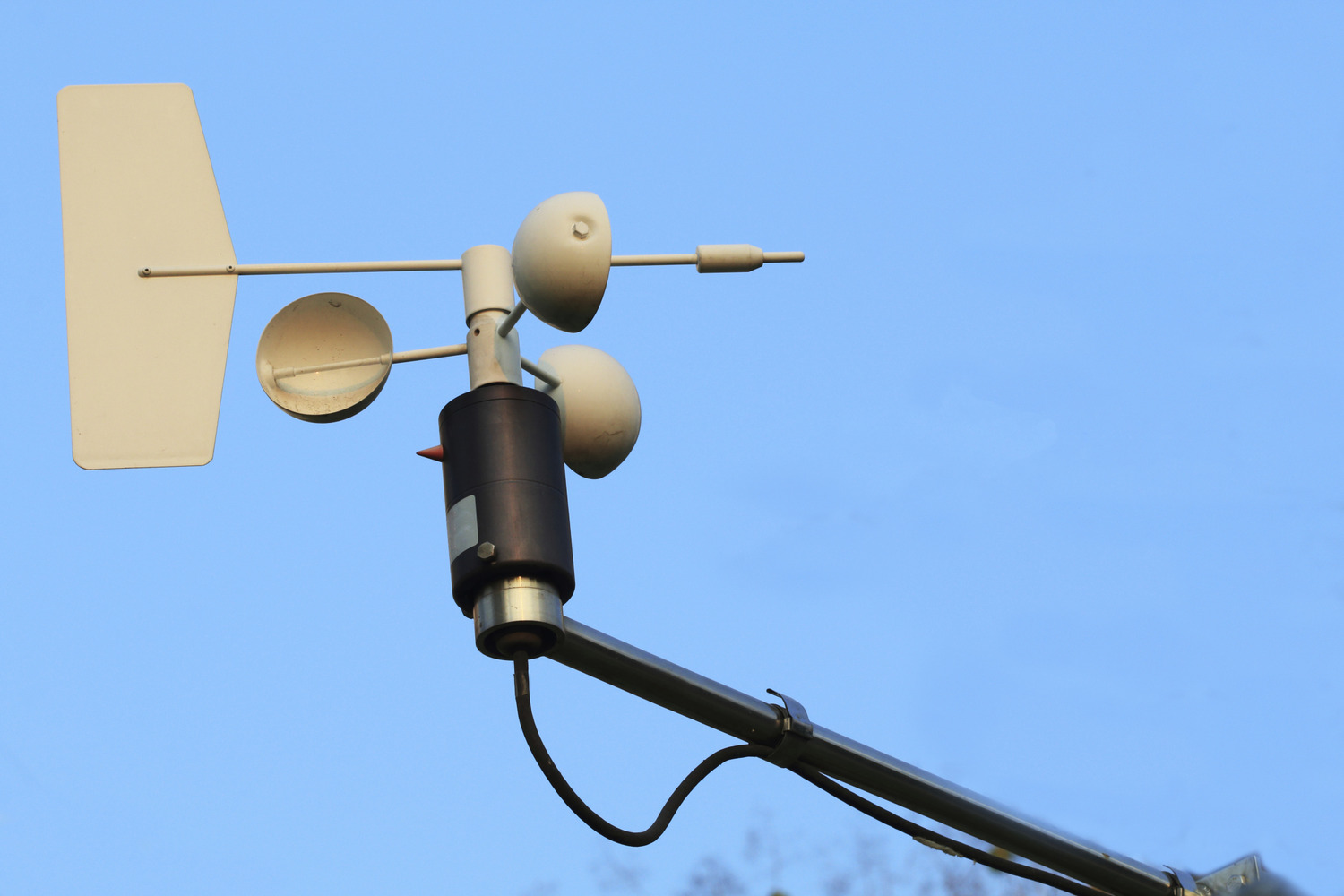
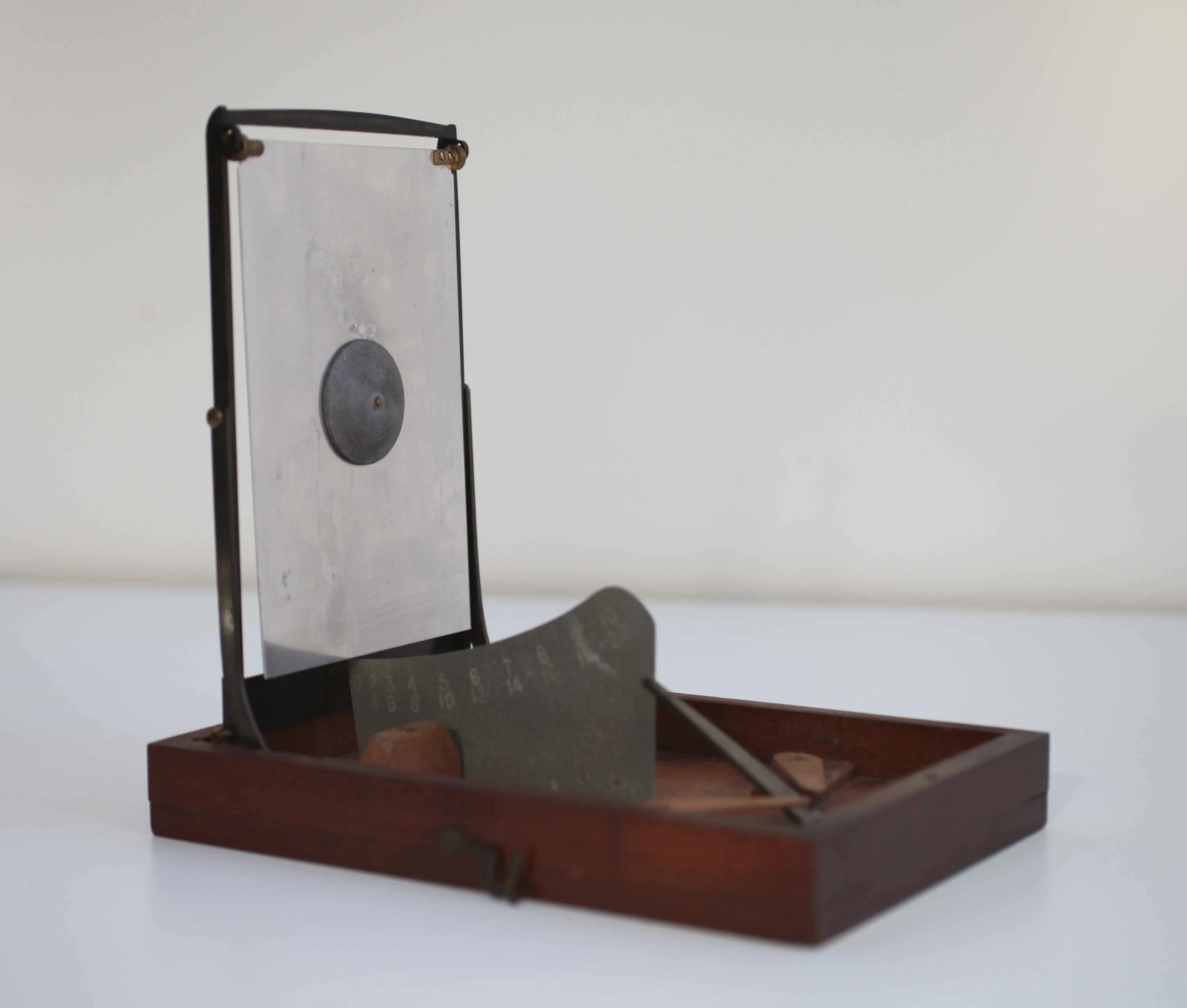
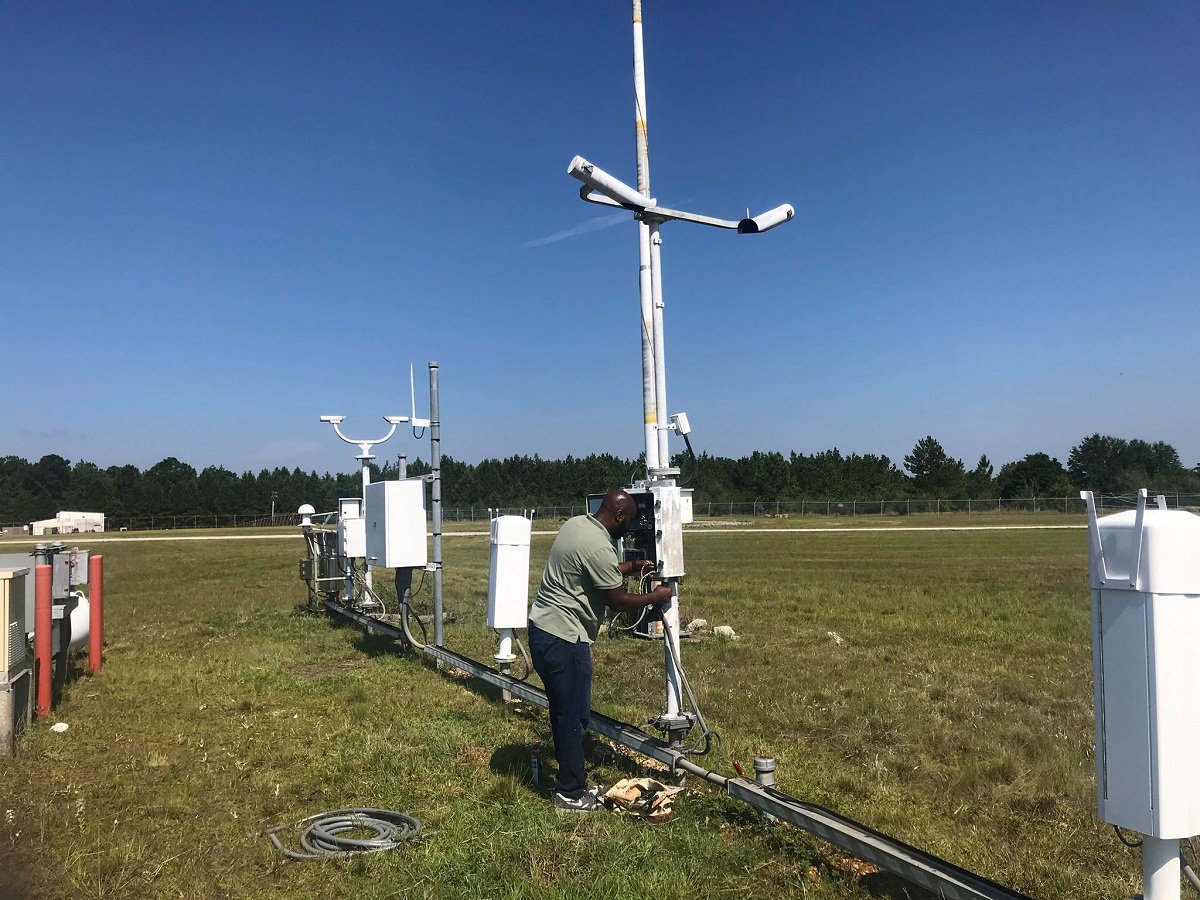
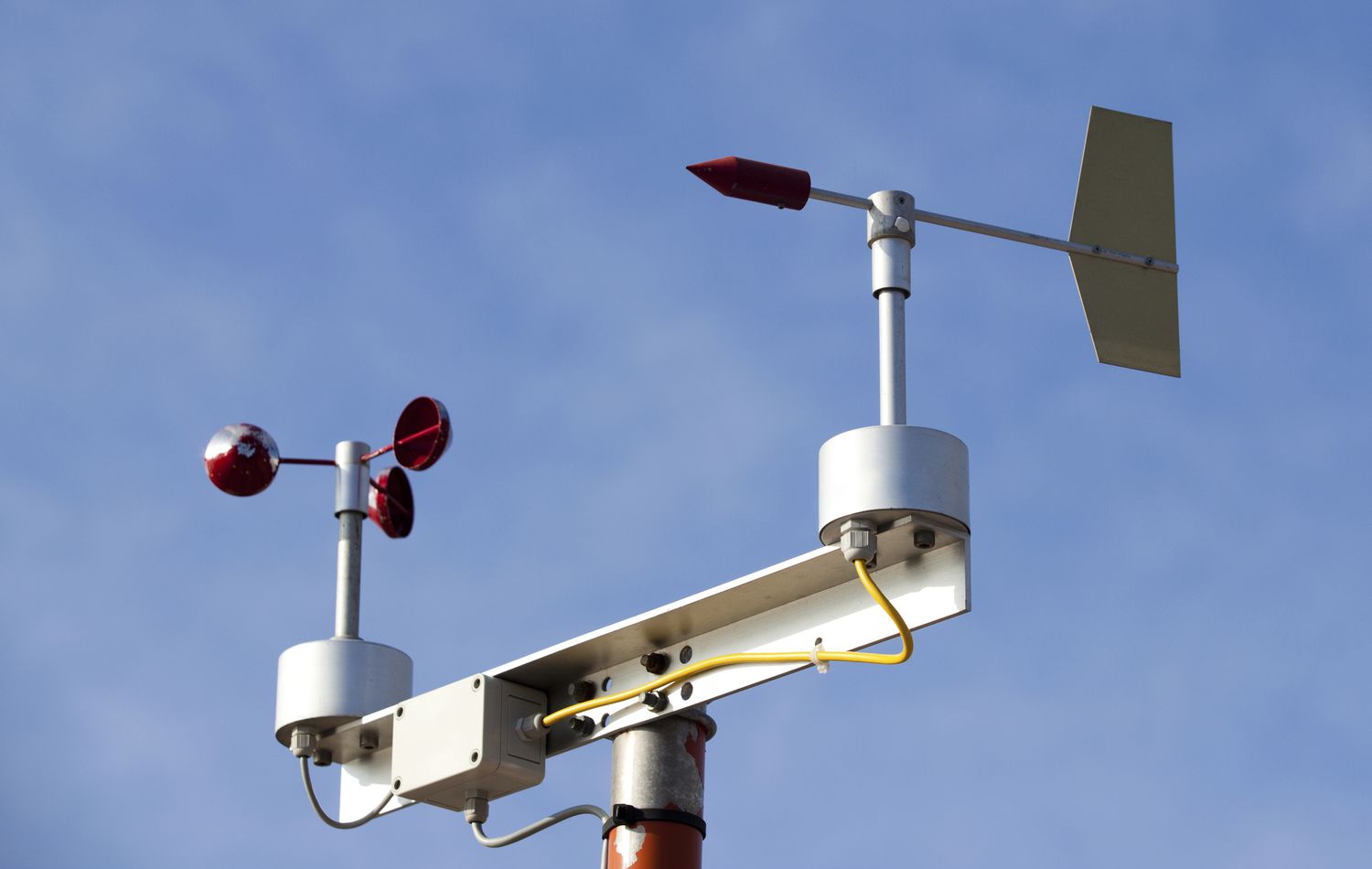
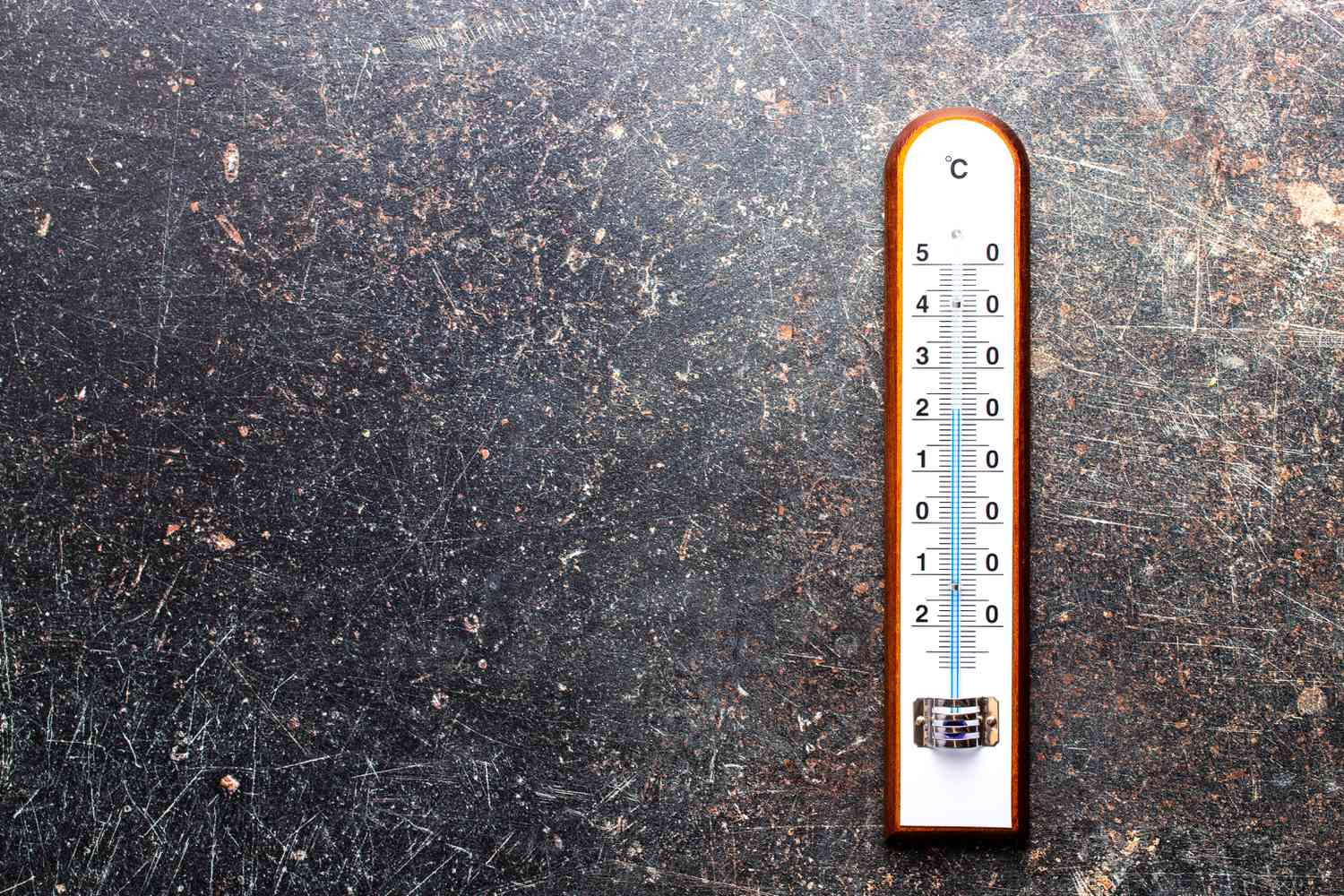
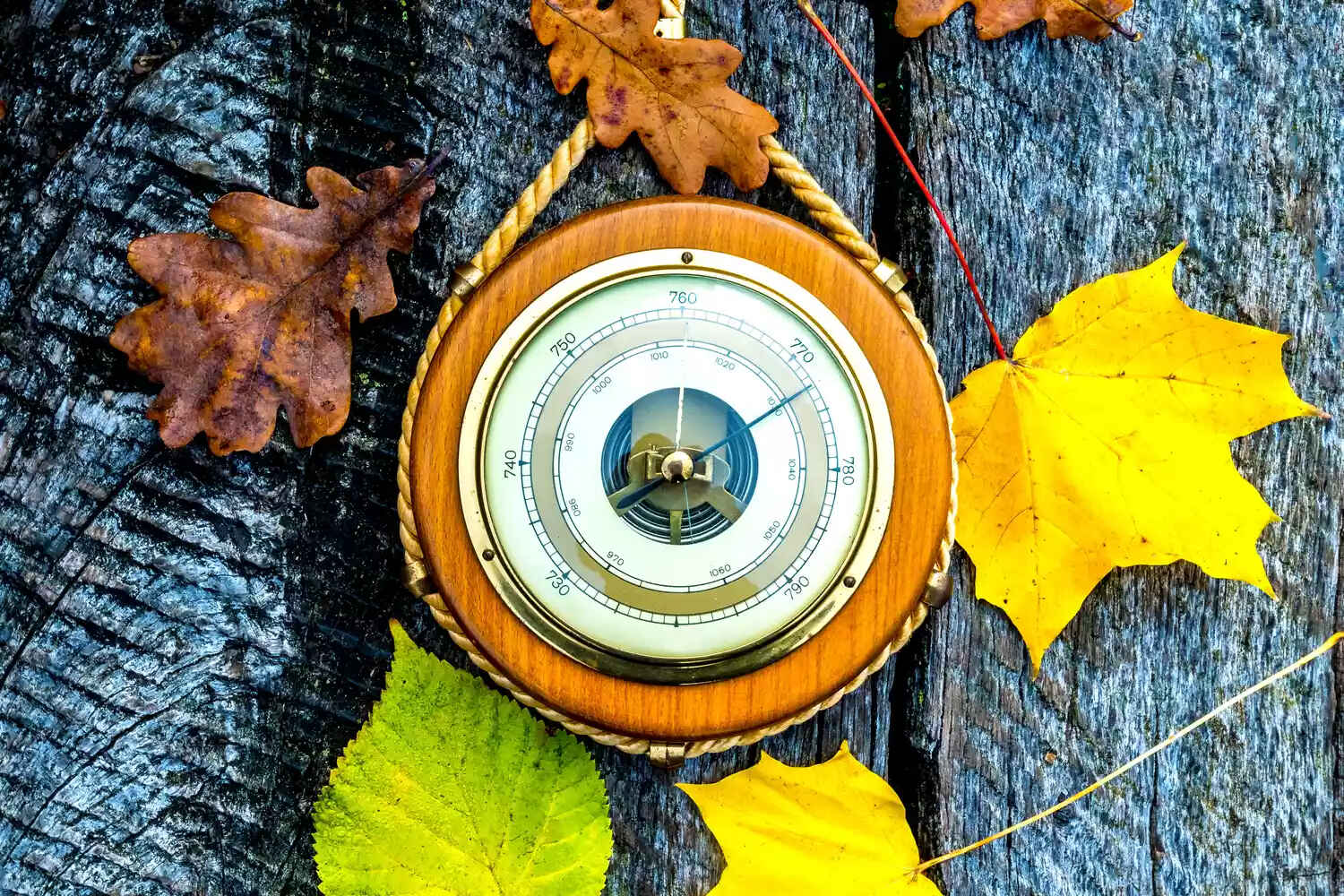
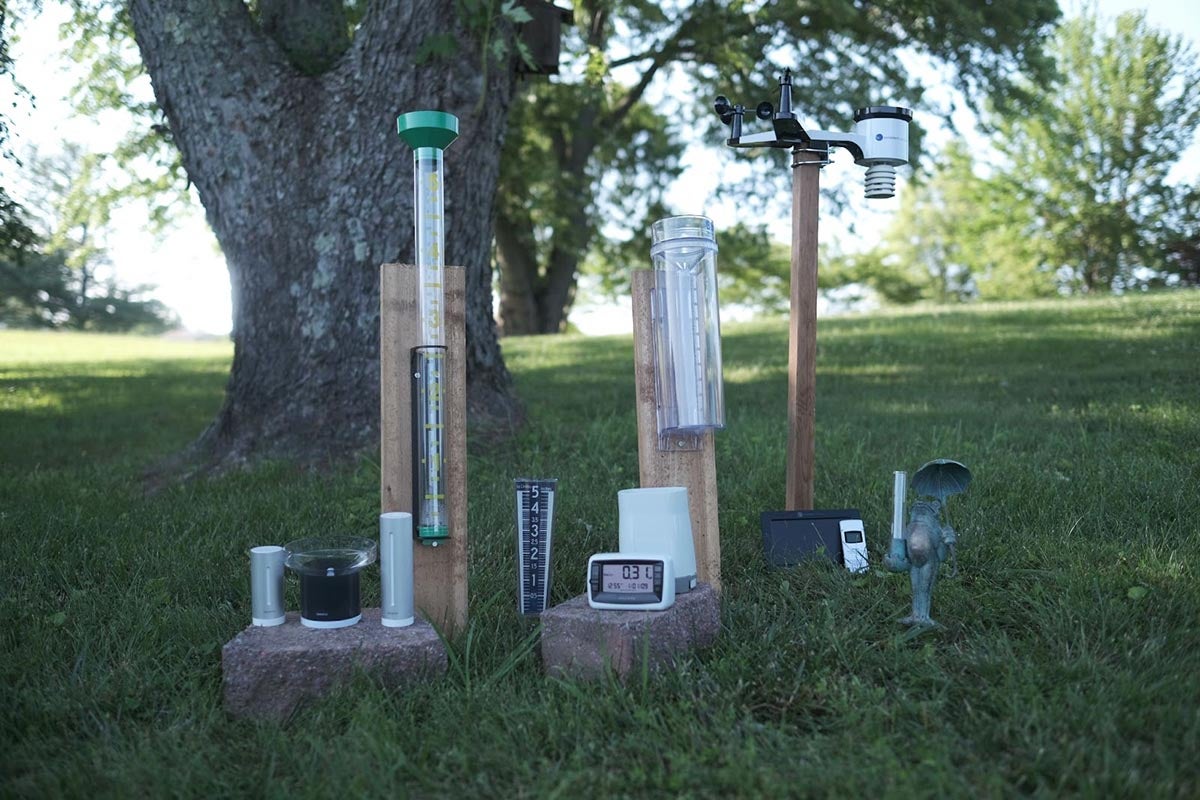
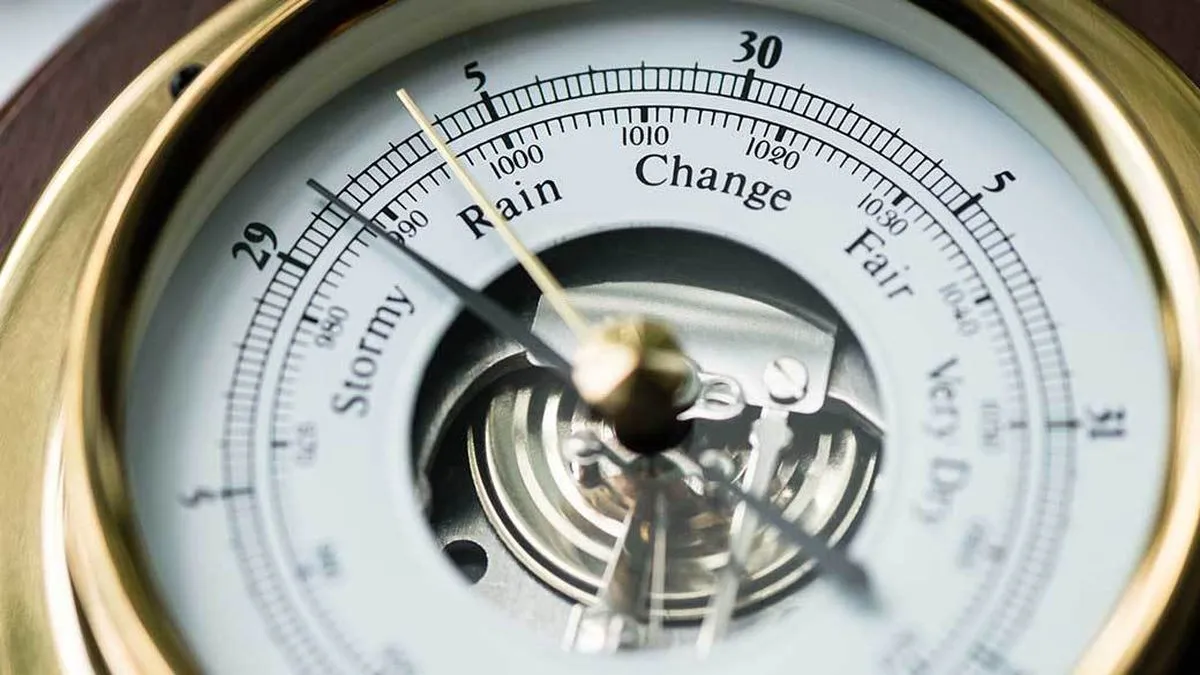

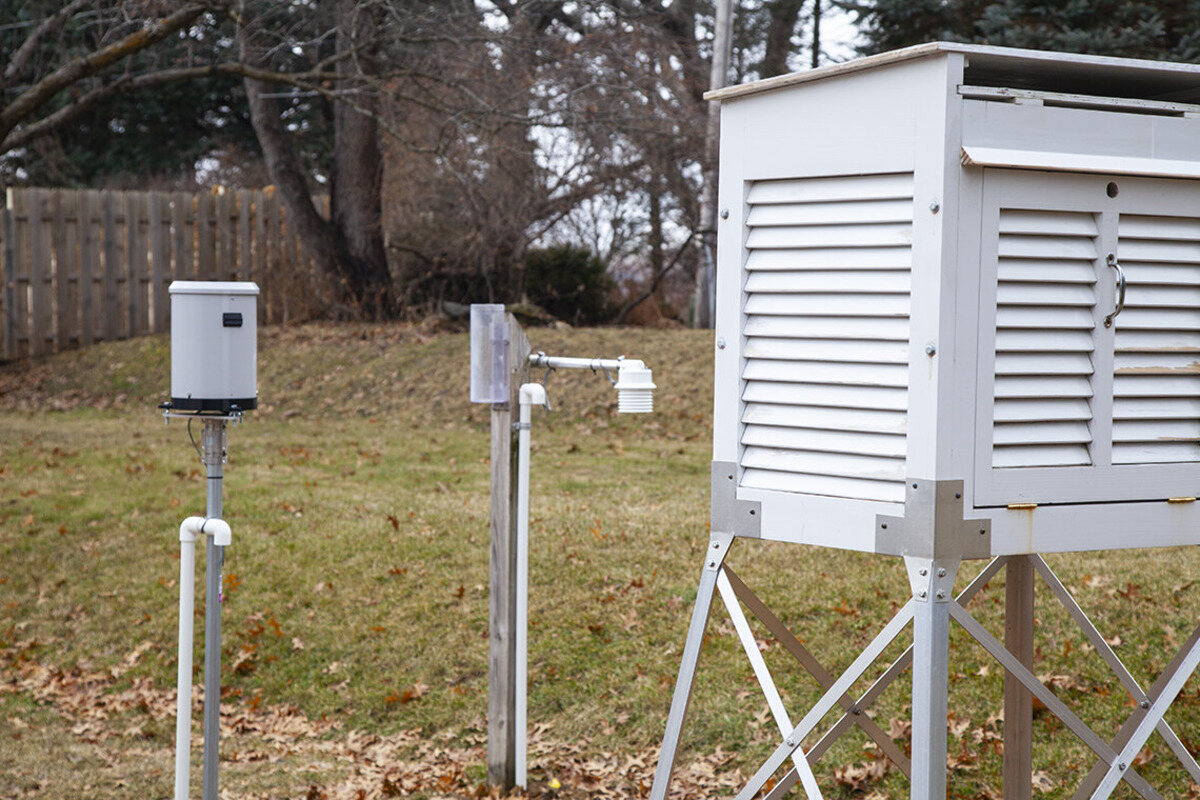
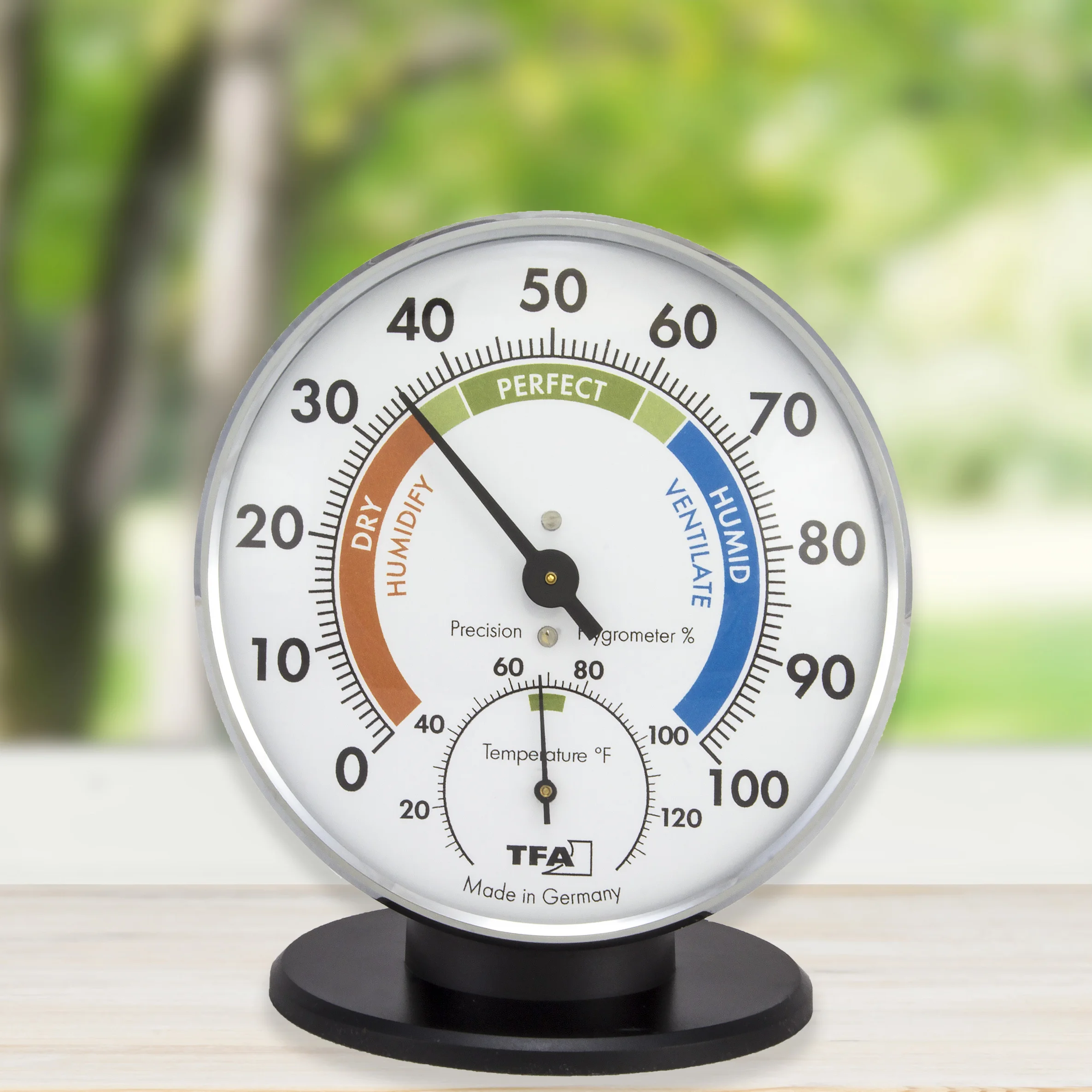
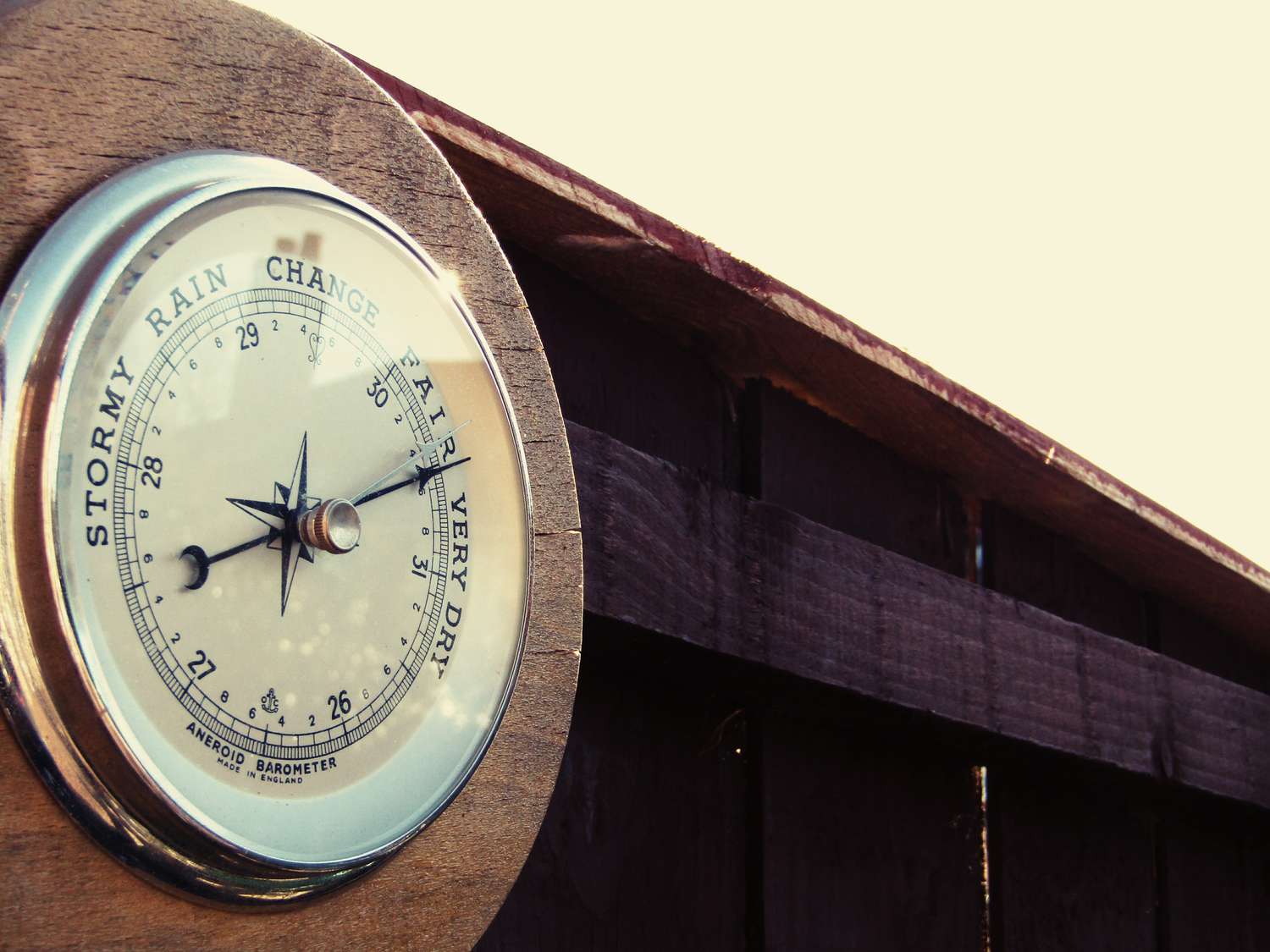
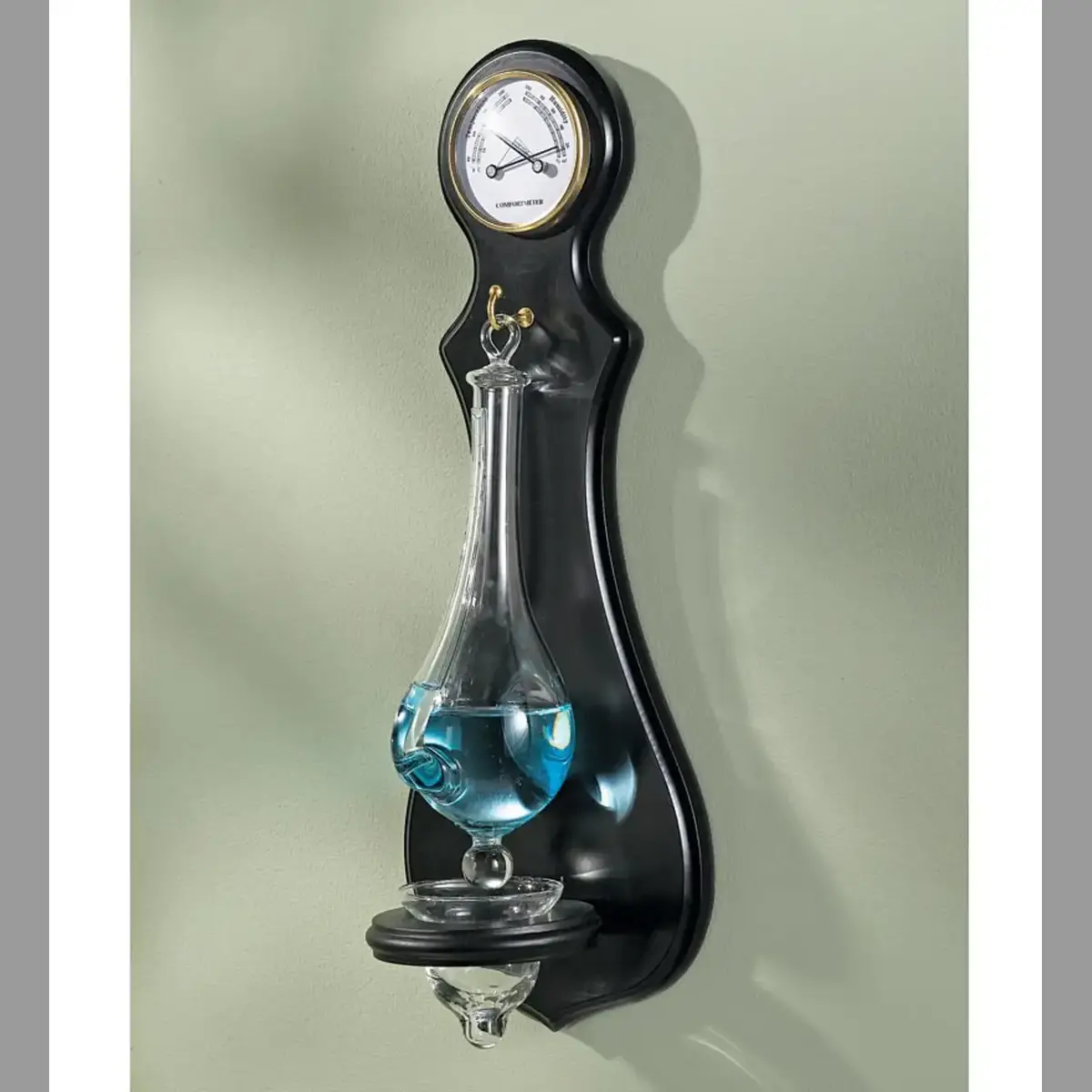
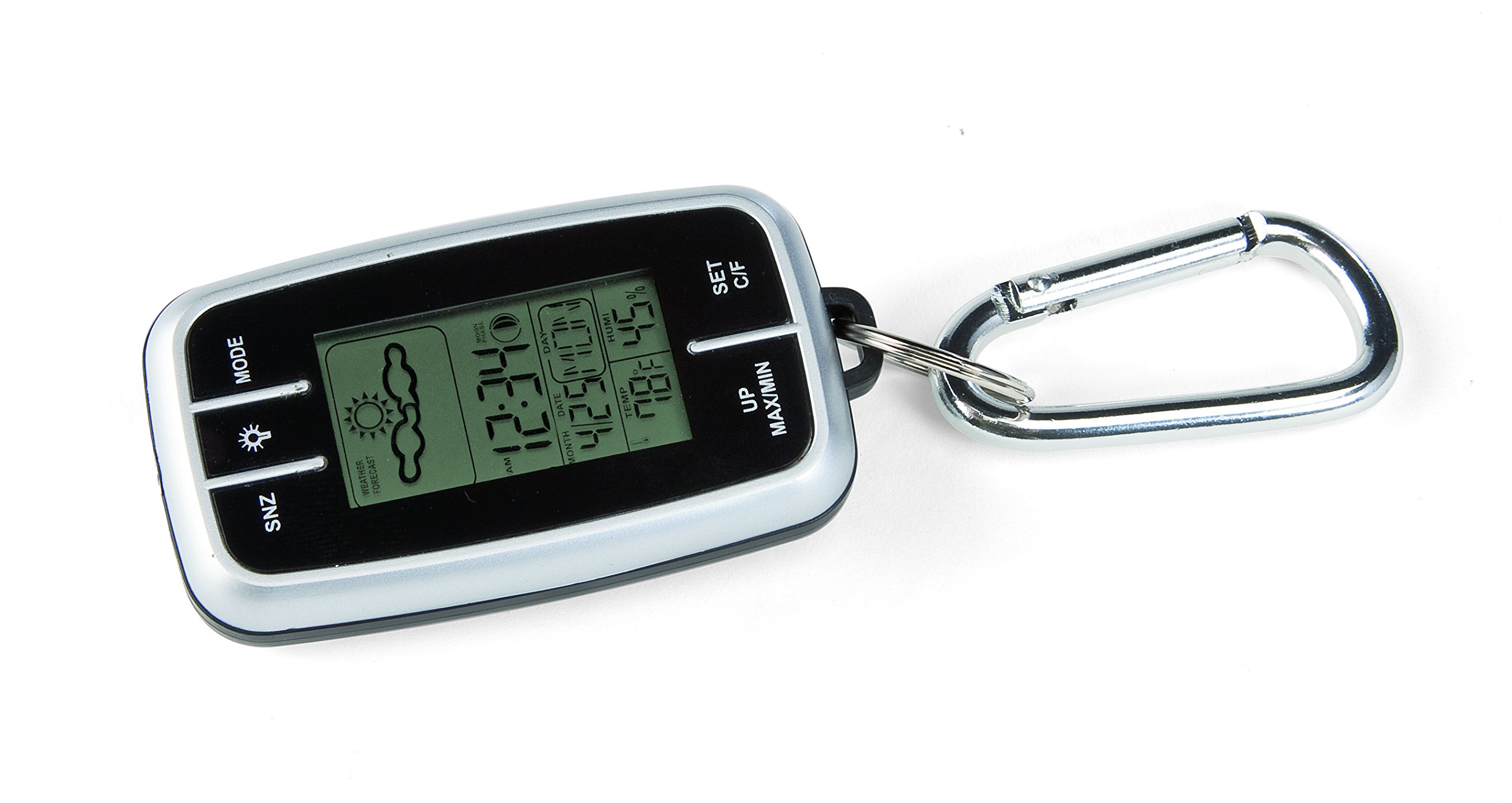

0 thoughts on “What Weather Instrument Is Used To Measure Air Pressure?”